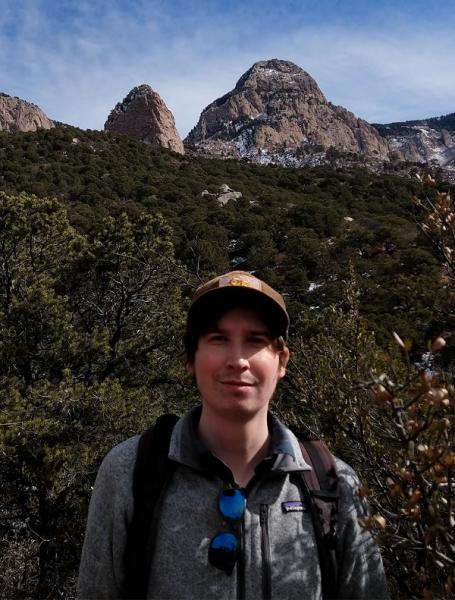Marsquake Focal Mechanisms from InSight Data: Understanding the Seismotectonics of Mars
Ross Maguire
University of Illinois Urbana-Champaign

- Date & Time
- Location
- Online-only seminar via Microsoft Teams
- Host
- Margaret Glasgow
- Summary
Seismic source parameters – including hypocentral locations and focal mechanism solutions – provide the most direct constraints for understanding tectonic stresses and deformation processes within planetary interiors. The SEIS (Seismic Experiment for Interior Structure) seismometer deployed by the InSight mission to Mars detected and located approximately 40 high-quality marsquakes. However, inferences about the present-day deformation and seismotectonics of Mars have been hindered by the non-uniqueness and technical challenges that arise when using seismograms recorded by just a single seismometer. In this talk, I will review what we have learned about seismic activity on Mars from InSight and discuss how waveform-based inversions of data from a single station have helped us gain a clearer understanding of martian tectonics. Several high-quality marsquakes from the Cerberus Fossae region appear to be consistent with an active extensional tectonic setting, while the largest marsquake observed by InSight – S1222a – was likely due to compressional stresses near the hemispheric dichotomy boundary. Ongoing work is aimed at gaining a better understanding of the uncertainties involved in single station moment tensor inversions and developing best practices for obtaining robust solutions.
Closed captions are typically available a few days after the seminar. To turn them on, press the ‘CC’ button on the video player. For older seminars that don’t have closed captions, please email us, and we will do our best to accommodate your request.
 Jump to Navigation
Jump to Navigation